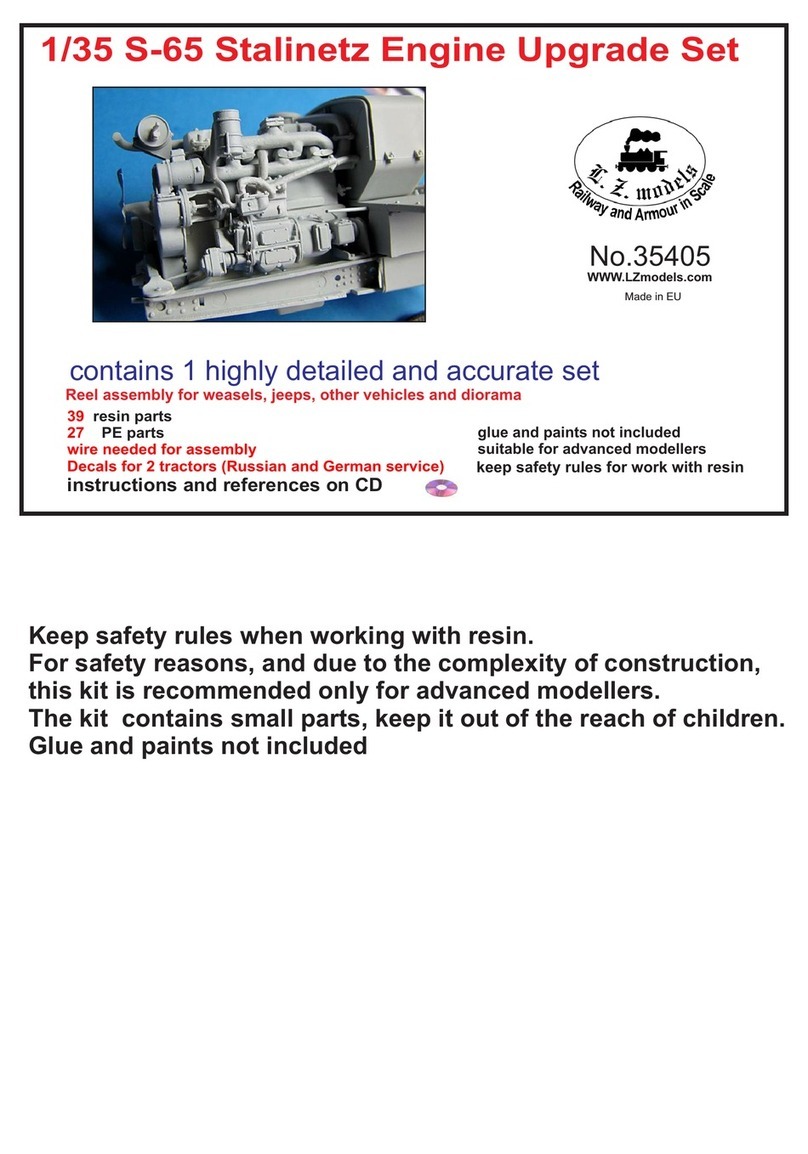proved versatile, and it formed the basis of a wide variety of different truck types and
armoured vehicles. In Australian service (almost always with the No. 13 cab) these
vehicles were known as the "Chev Blitz" or the "Ford Blitz".
Just over 400,000 CMP trucks were manufactured in Canada, accounting for roughly h
alf of the 815,729 military vehicles made in Canada during World War II . The most
prevalent type was the 4x4 3-ton truck (including models C60S, C60L, F60S and F60L),
with just over 209,000 vehicles made. In addition, roughly 9500 4x4 CMP chassis were
made, mainly to be used to build armoured cars and other vehicles in Allied countries.
CMP truck production in Canada exceeded the total military truck production of Nazi
Germany. The British official history of the war argues that the production of soft-skinned
trucks, including the CMP truck class, was Canada's most important contribution to the
eventual Allied victory
Newly manufactured or modified war surplus CMP trucks were used after 1945 in several
European armies (e.g., the Netherlands, Belgium, Denmark, Norway, Portugal, Spain)
and around the world (e.g., South Africa, Argentina, Jordan, South Vietnam, Malaya).
CMP trucks were adapted after the war for a variety of civilian roles including forestry,
grain transport, fire-fighting trucks, and snowploughs.
The Ford-built CMP trucks had a 239 cu in (3.9 L), 95 bhp (70.8 kW) V8 engine, while most
of the Chevrolet-built CMP trucks had a 215 cu in (3.5 L), 85 bhp (63.4 kW) straight-6
overhead-valve engine. An American-made 270 cu in (4.4 L) GMC straight-6 engine
powered the C60X 3-ton truck.
The Ford and Chevrolet trucks shared a standard cab design, which evolved over
the years of production. The first (designed at Ford by Sid Swallow), second and third cab
designs were called No. 11, 12 and 13, respectively. The first two type were similar, main
difference being two-part radiator grille in No.12 cab (its upper part was opened with a
bonnet, which was known as the "Alligator cab"). The final No. 13 cab, an entirely Canadian
design made from late 1941 until the end of the war, had the two flat panes of the
windscreen angled slightly downward to minimize the glare from the sun and to avoid
causing strong reflections that would be observable from aircraft. All of the CMP cab
designs had a short, "cab forward" configuration that gave CMP trucks their distinctive
pug-nosed profile. This design was required to meet the original British specifications
for a compact truck design that would be more efficient to transport by ship. The
specifications also demanded right-hand drive. Internally the cab had to accommodate
the comparatively large North American engines and it was generally cramped. The
standard cabs were then matched up with a variety of standard chassis, drive trains
and body designs.
The production of CMP truck bodies in Canada was subcontracted out to smaller
companies in Ontario and Manitoba, organized into the wartime Steel Body
Manufacturers Association by the Department of Munitions and Supply. The wide
variety of truck body designs included general service (GS), water tanker, fuel tanker,
vehicle recovery (tow truck), dental clinic, mobile laundry, wireless house, machinery
(machine shop), folding boat transport, and antitank gun portee.




























